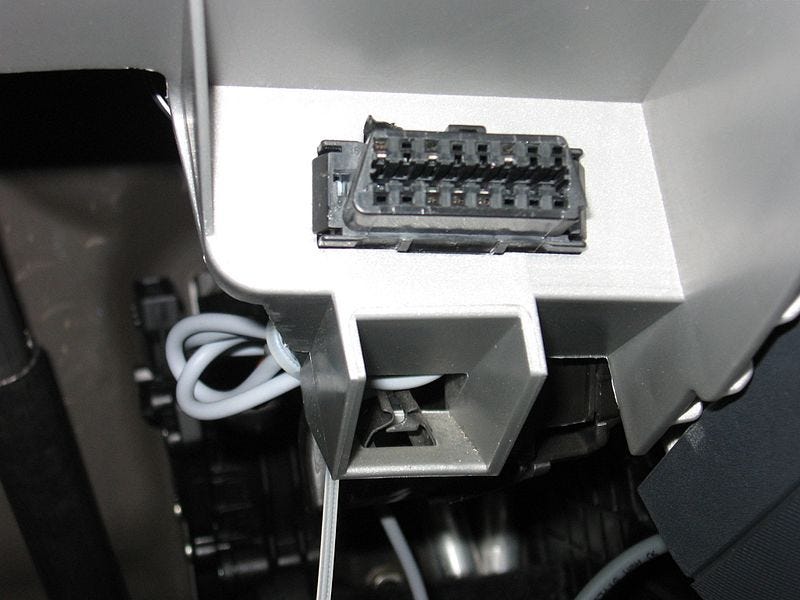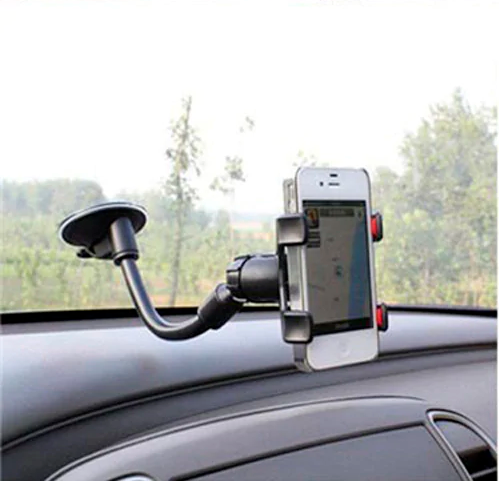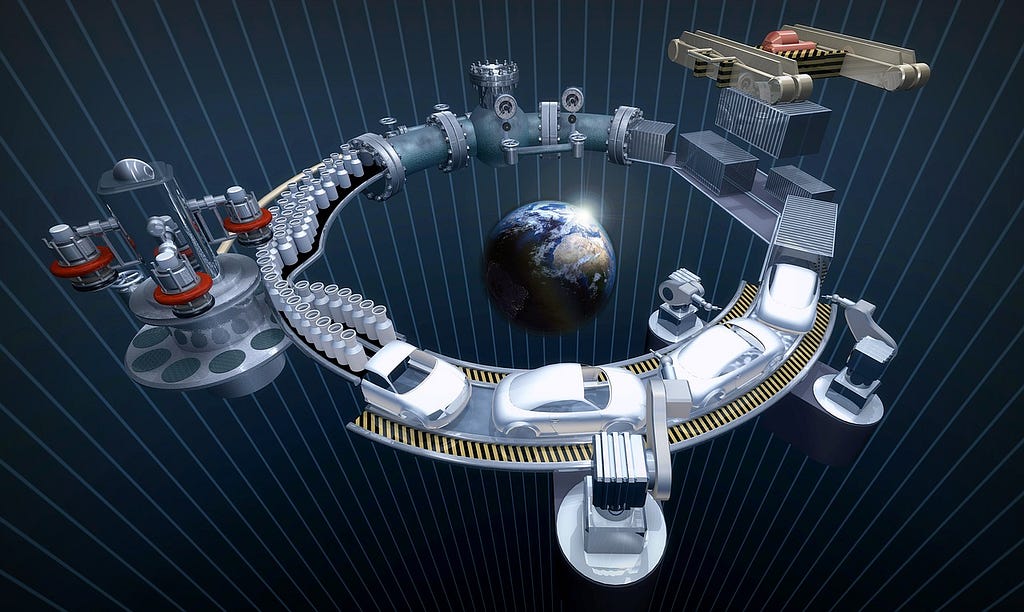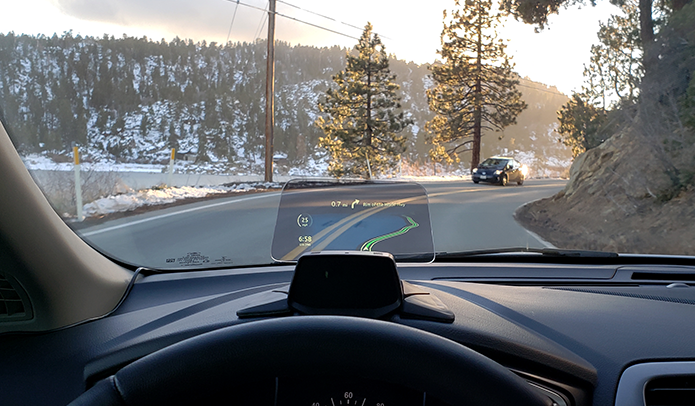Latest news about Bitcoin and all cryptocurrencies. Your daily crypto news habit.
Detecting disruptions: Anatomy of a tech gold rush
Firstly, it was Apple that was making losses…
In 1998, Apple was in turmoil. Wintel duo was winning the war of PCs. iPhone was 9 years away. iPod — 3 years.
Steve Jobs, the leader freshly back in command, was determined to reduce desktop product line to singular outstanding innovations.
In May 1998, iMac G3 — the first ever iMac was released. It was huge commercial success, and single handedly brought back profits to Apple for the first time since 1990.
It happened due to Jony Ive’s groundbreaking design, timed with a revolution in personal computing: Introduction of USB.
Yes, USB port first appeared in the first iMac — also known as the first legacy free desktop. With that, Mac users got access to enormous amount of peripherals designed for Windows users: USB hubs, scanners, storage devices and mice.
Gold rush for USB device market got started.
How the great USB Gold Rush really started?
USB was the single most widespread legacy-killer industry standard. It was created jointly by 7 tech megaliths of 90s: Microsoft, Intel, NEC, Nortel, Compaq, DEC and IBM.
They all played in unison, because:
- They wanted to get rid of their own legacy storage drives — primarily floppy drives, ISA ports, PS/2, Game ports etc.
- Common port standard gave PC manufacturers huge bargaining power with chip makers.
- Customers wouldn’t have to worry about lock-in between computer makers and storage device makers.
Intel manufactured first ever PC circuits hosting USB ports, and gave it away generously for the computing industry.
Their benevolence has paid off.
- Intel is on the verge to release USB 4.0 spec sometimes this year, which is about to carry the power of Thunderbolt to connect to 4K displays boasting 40 Gbit/s data transfer rate, almost 27000 times larger than USB 1.0 back in 1998.
- Latest USB Flash drive from Datatraveler stores 2 TB against IBM’s introductory 8 MB released in 1998.
- Global USB flash storage device market is $61 Billion in 2019. This does not include other USB devices such as webcams, cables, adapters, and lot more others.
How exactly does a Tech Gold rush happen?
Drawing from the USB example:
- Larger players keep it to themselves as far as they can — that’s how legacy hardware survived for so many decades until 90s, and open source also failed to catch up.
- At some point, they can no longer make value proposition to their markets. Growth stalls, and revenues gradually decline.
- Open standard gets created by group of legacy manufacturers. In the USB example, a non-commercial body called USB Implementers Forum (USB-IF) created the standard. It keeps upgrading device design and software Protocol.
- For example, this document describes USB 3.0 hardware — any hardware maker can use it for making connectivity / storage / media USB device, and OS makers / driver programmers can write software that is USB 3.0 compatible.
- Students, novice entrepreneurs, professionals all get access to open standard — through libraries / journals in the old days, and through Internet nowadays. They create products following market needs. Sometimes, they combine more than one standard to achieve their goal.
- Those accessory makers create newer markets. Legacy players sell at affordable price. Disruption happens.
If you want to spot a disruption in your favorite industry, just keep track of its open standards.
- What data will standards take from the clutches of legacy creators and make available to the outside world?
- From that data, what really solves people’s everyday problems?
- When you spot a huge chunk in point 2, you have spotted a potential Gold Rush.
Can you spot one today?
The great OBD standard
 Courtesy: Idiot Lights — wikipedia
Courtesy: Idiot Lights — wikipedia Courtesy: Reddit
Courtesy: Reddit
Subaru owners of 1988 might recognize the first image. Windows users will easily identify with the second one.
Both have different intent, but similar effect: they diagnose past the point of damage. That’s why, those dashboard lights are known as Idiot lights. They were norm, and often the only way for drivers to know vehicle health.
In early 1980s, General Motors tried to make them meaningful by replacing them with MILs (Malfunction Indicator Lights) — something that we see even today. MILs were oversimplified precautionary diagnostic that saved thousands of vehicles and many more lives.
But they were part of bigger payload in the engine sensor data emitted by Electronic Control Unit — that beast which mainly detects oxygen flow and engine speed parameters, and commands actuator devices.
 ECU — Courtesy: ELM327
ECU — Courtesy: ELM327
In a nutshell, ECU had many more things to say other than MIL. And regulators of automotive industry wanted to listen to it about: Air pressure, temperature, engine speed, fuel consumption problems — you name it.
But mainly it was emission — personified measurement of human crimes against environment since industrial revolution.
Enter DLC — Diagnostic Link Connector — the port that will expose ECU auto-health data to scan tools.
General Motors was the de facto leader in Automotive. With microprocessor revolution, it flooded the market with progressively advanced ECUs, all of them flaunting its proprietary DLC. Then, Ford, Toyota, Chrysler, Nissan, Volkswagen also developed their own DLC interface — obviously different from GM’s DLC.
You already guessed where this is going. DLCs were legacy floppy drives of cars. All manufacturers were dying to have something common, so they will no longer have to also produce scan tools for their own vehicles.
- In 1988, SAE (Society of Automotive Engineers) formally recommended to make a common standard — under the name On Board Diagnostic (OBD). They began to work on developing the standard.
- In 1991, California Air Resource Board (CARB) made automotive diagnostic mandatory. The standard it enforced was known as OBD-I.
- In 1994, CARB revised it to publish OBD-II.
- In 1996, OBD-II US Federal Law made it mandatory for all cars manufactured & sold within the United States.
- In EU, EOBD (Europe’s own DLC standard) became effective: in 2001 for gasoline and in 2003 for diesel vehicles.
Since then, any scan tool can connect to a tiny connector available in all vehicles — just like a computer USB port accepts any cable or flash drive as long it is USB.
 Courtesy: OBD Port on wikipedia
Courtesy: OBD Port on wikipedia
But still, OBD wasn’t a disruptive market:
OBD open standard allowed scan tool makers to make generic scanners. This created significant movement in the auto-servicing market — but not in a life-changing way.
There were Data Loggers, yes. They could store more information about vehicle movements and conditions. So they proved critical to insurance companies in determining damage liability. So they gave reduced premiums to vehicle owners with Data loggers. But this benefitted more to fleet management companies instead of individual drivers.
The crucial factor that OBD standard missed, and USB benefitted from, in was: pre-existing consumer Demand.
When USB came, PC was already household. OBD was created more to satisfy regulators, instead of drivers.
OBD scanners did similar job as USB — transferring data. But who needed moving vehicle data that often in the 90s?
The turnaround: Rise of mobility
In about a decade after OBD’s adoption, world got swept with Internet and smartphones. Smartphones brought GPS. And then there was Bluetooth — 10 meters packet jump for any machine / sensor data, and it would land itself through the Internet to anyone who paid for it.
Mobility, combined with vehicle data must be far bigger disruption than all previous data transfer technologies combined.
One fine Sunday morning I was having these exact thoughts, and went to Indiegogo in search of what’s trending in mobility — hoping to find some really undervalued stuff. The first entry blew me away.
What looked like AR powered windscreen of a luxury car was an aftermarket HUD display named Hudway Drive, by a company called HUDWAY. This was one of their four HUD products: one for helmets and the rest for windscreens.
HUDWAY Drive connects to OBD port of the car via an OBD Bluetooth scanner and fetches speed, fuel and other diagnostic data. It also connects to smartphone GPS for navigation. And finally it projects all this as part of AR-like widgets on the glass that is immersive up to the extent of being invisible.
Upon some Amazon product searches, I realized HUD displays themselves weren’t a new thing. But unlike HUDWAY Drive, most aren’t windshield-based, immersive or distraction free.
What’s more striking though is the fact that no car manufacturers provide it in lower and middle priced segment. Tesla Model 3 users want it, but Tesla wouldn’t budge. Pioneer, a former TV company, manufactured heads up displays with all side live cams and would fit in place of the sun visor — costing £599. But they don’t seem around nowadays.
Then there is WayRay, a Swiss Mobility unicorn with half a billion valuation that got investment from Porsche, Hyundai & Alibaba. They are selling embedded Holographic HUD to car companies. Its solution also reads OBD data to feed an app that uses it to analyze driving behavior. Wayray will surely be sold as OEM given their investors. Great innovation, but no decoupling from legacy leaders, hence no all-round market disruption.
In contrast, 25x smaller aftermarket players like HUDWAY have better agility towards market needs — their previous product HUDWAY Glass sells for mere $49.90 while still providing considerably immersive navigation.
Plus, aftermarket OBD products fuel sibling products such as:
- OBD scanners with bluetooth / GPS capabilities — the thing that can come handy in case of no mobile GPS
- Apps that read OBD data which can be mirrored & projected using glass
- Microcontrollers — a software+hardware layer that sits between DLC Port and OBD scan tool for easy access & programmability
Where OBD will go with the rise of Mobility?
Remember car navigation systems sold at premium price before GPS? They never picked up. People used directions printouts (paper harms environments, but so do power eating navs) from Yahoo maps and Mapquest. Nowadays, $3.73 does the job.
 Car phone holder, available on Gearbeast for $3.73.
Car phone holder, available on Gearbeast for $3.73.
For more sophisticated navigation display + vehicle data, aftermarket hardware + mobile apps combination will continue to thrive.
It is also in larger interest of the masses to have sneak peak on technology at affordable prices, instead of having to buy luxury technology from OEM vendors at premium prices. Until self-driving vehicles containing in-built advanced tech become norms and all-affordable, aftermarket will be a boon.
As for OBD, there is huge potential lying around with marriage of technologies like GPS, IOT sensors, Bluetooth and AI.
- Insurance companies would pay billions to device makers that can grab live speed + engine + location data along with analytics to create AI models for driver behavior.
- Fleet companies (not just Uber, Lyft, but also truck & ship management, public transport) will also pay handsomely to get hold of live navigation + quality driver data.
- Auto manufacturers and part makers would pay to see their creations functioning live, and OBD is their only gateway.
OBD is a disruptive gold rush waiting to explode. It’s an industry standard whose time has just arrived with mobility.
Detecting disruption: Anatomy of a tech gold rush was originally published in Hacker Noon on Medium, where people are continuing the conversation by highlighting and responding to this story.
Disclaimer
The views and opinions expressed in this article are solely those of the authors and do not reflect the views of Bitcoin Insider. Every investment and trading move involves risk - this is especially true for cryptocurrencies given their volatility. We strongly advise our readers to conduct their own research when making a decision.

